רועי ליכטנשטיין(1923-1997)


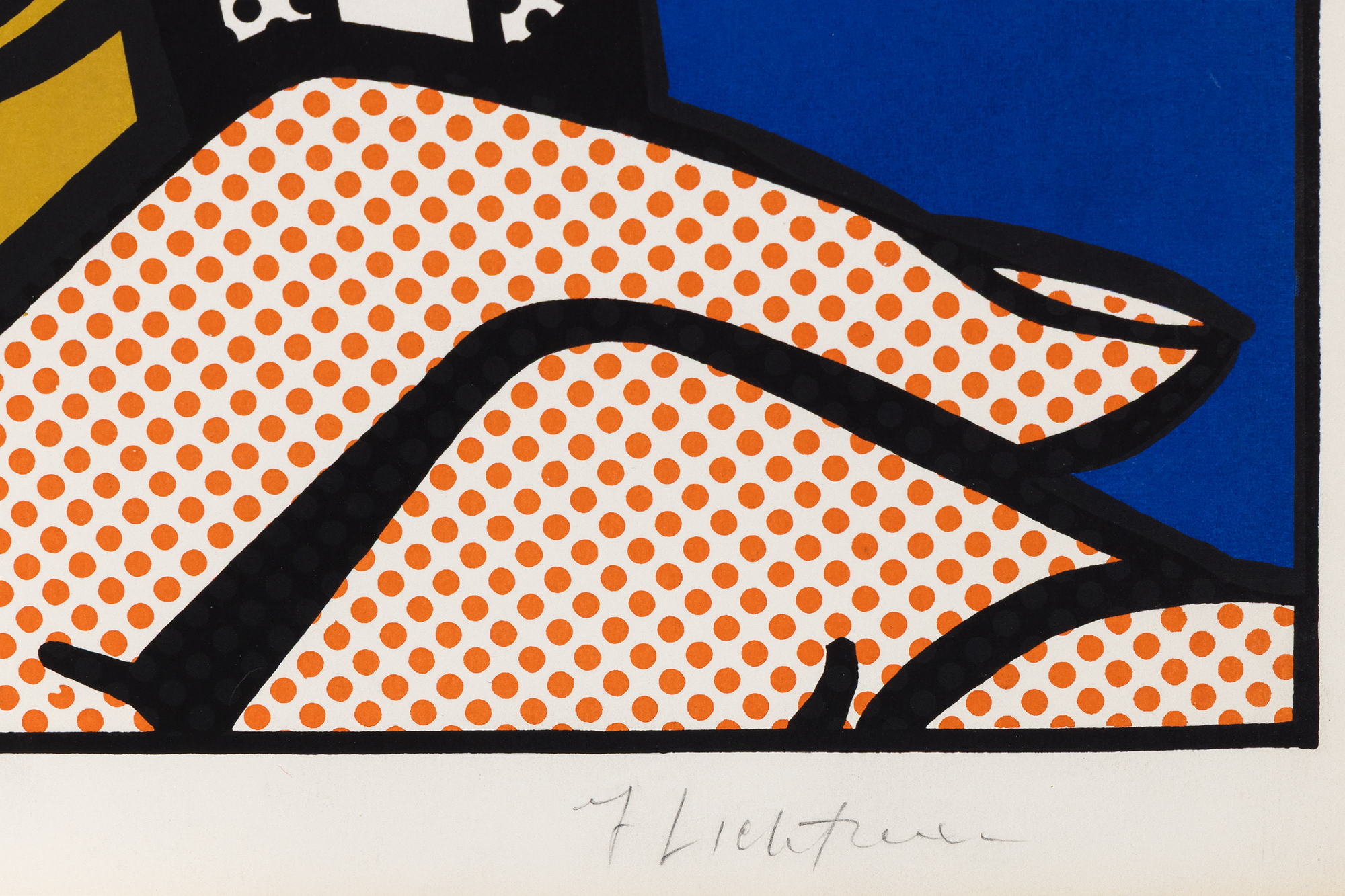

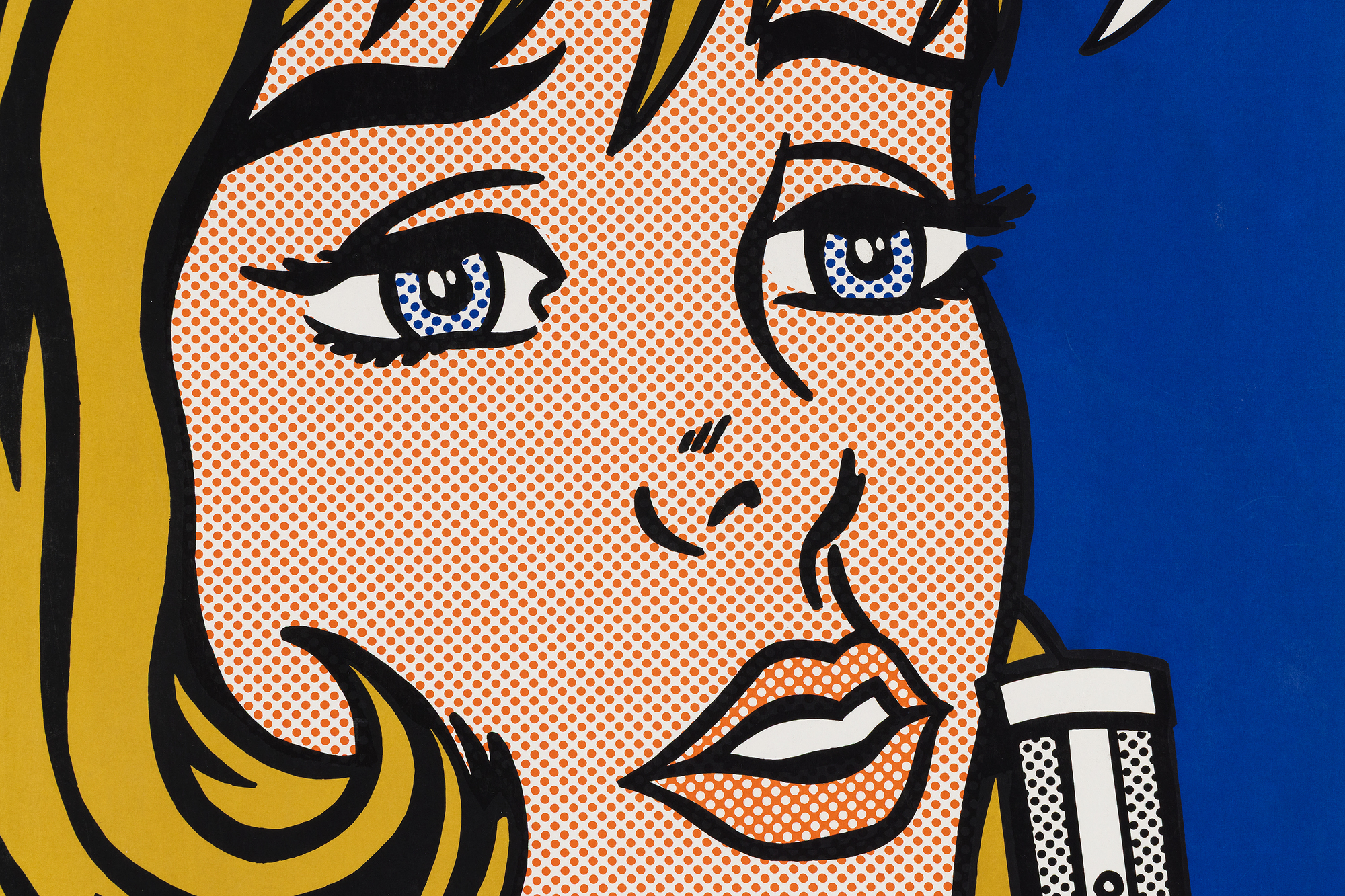
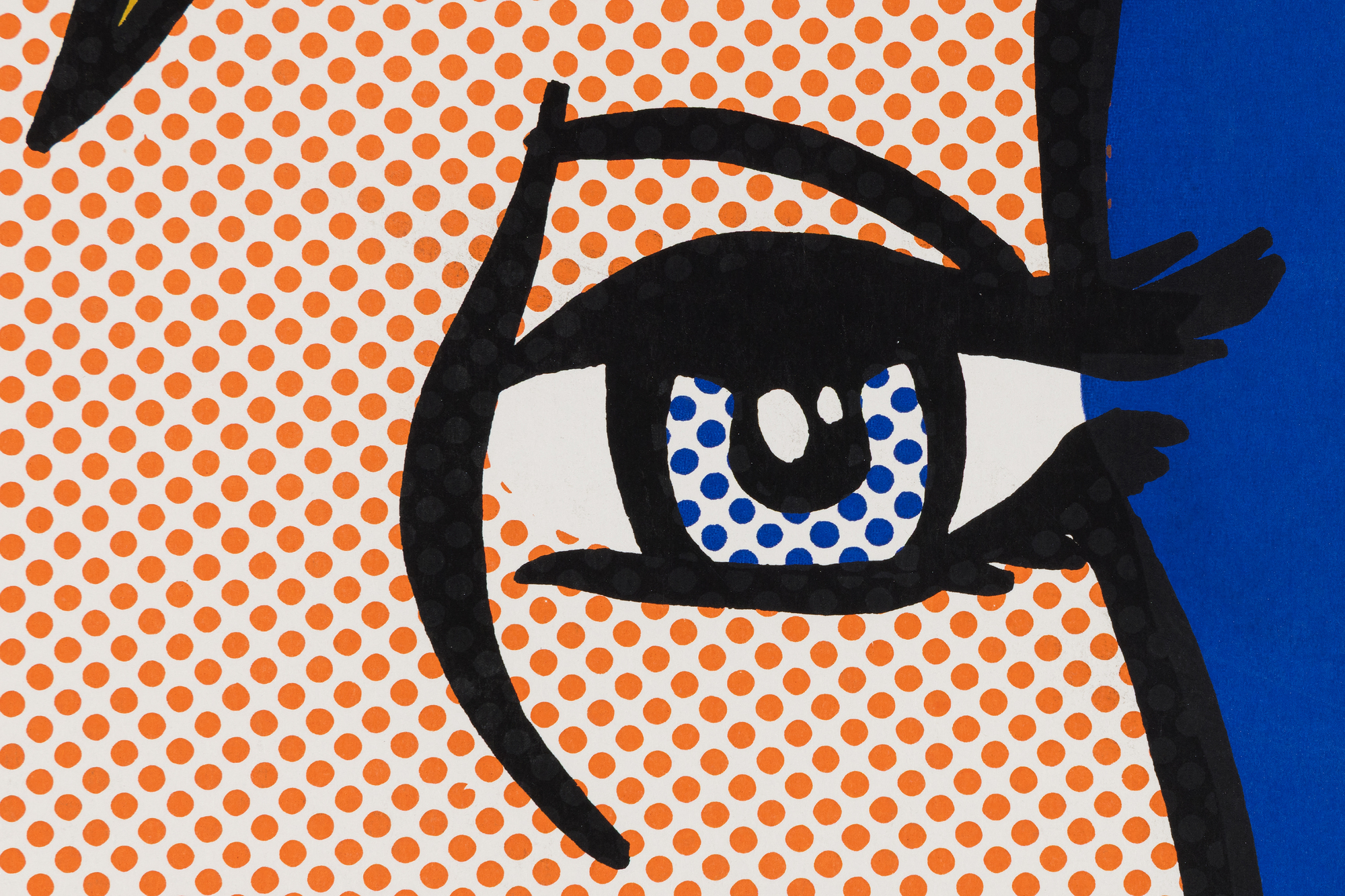
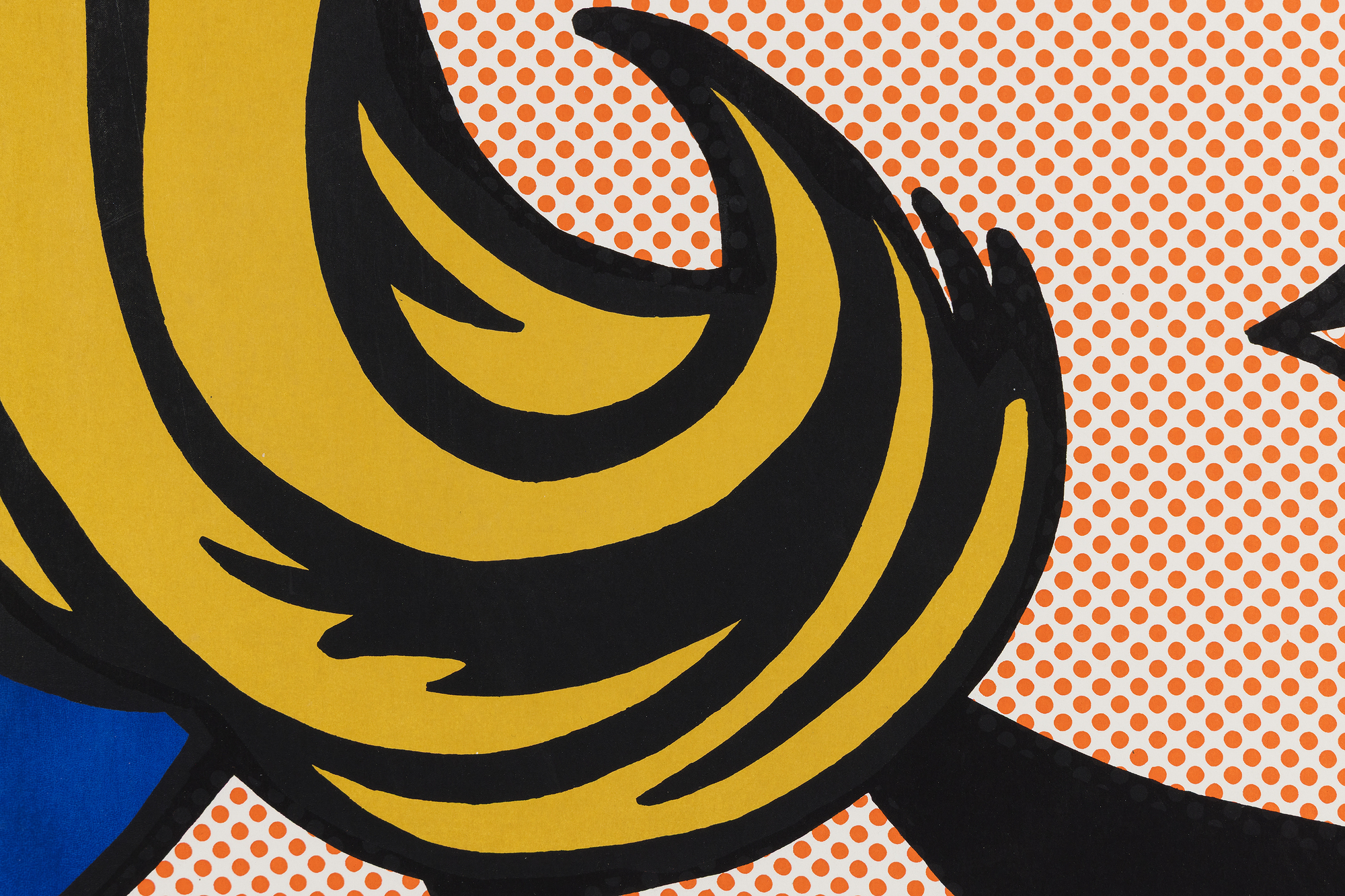

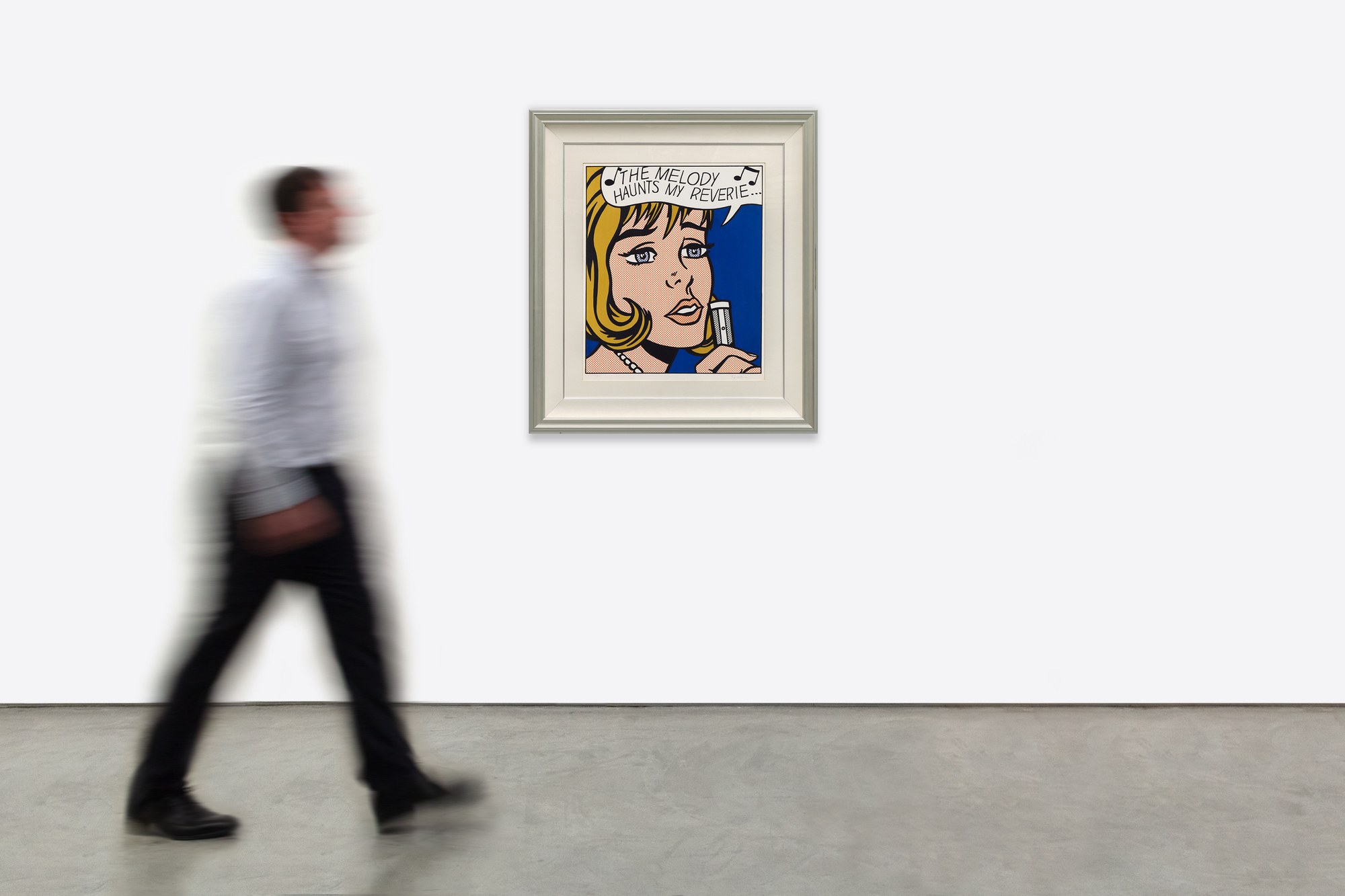
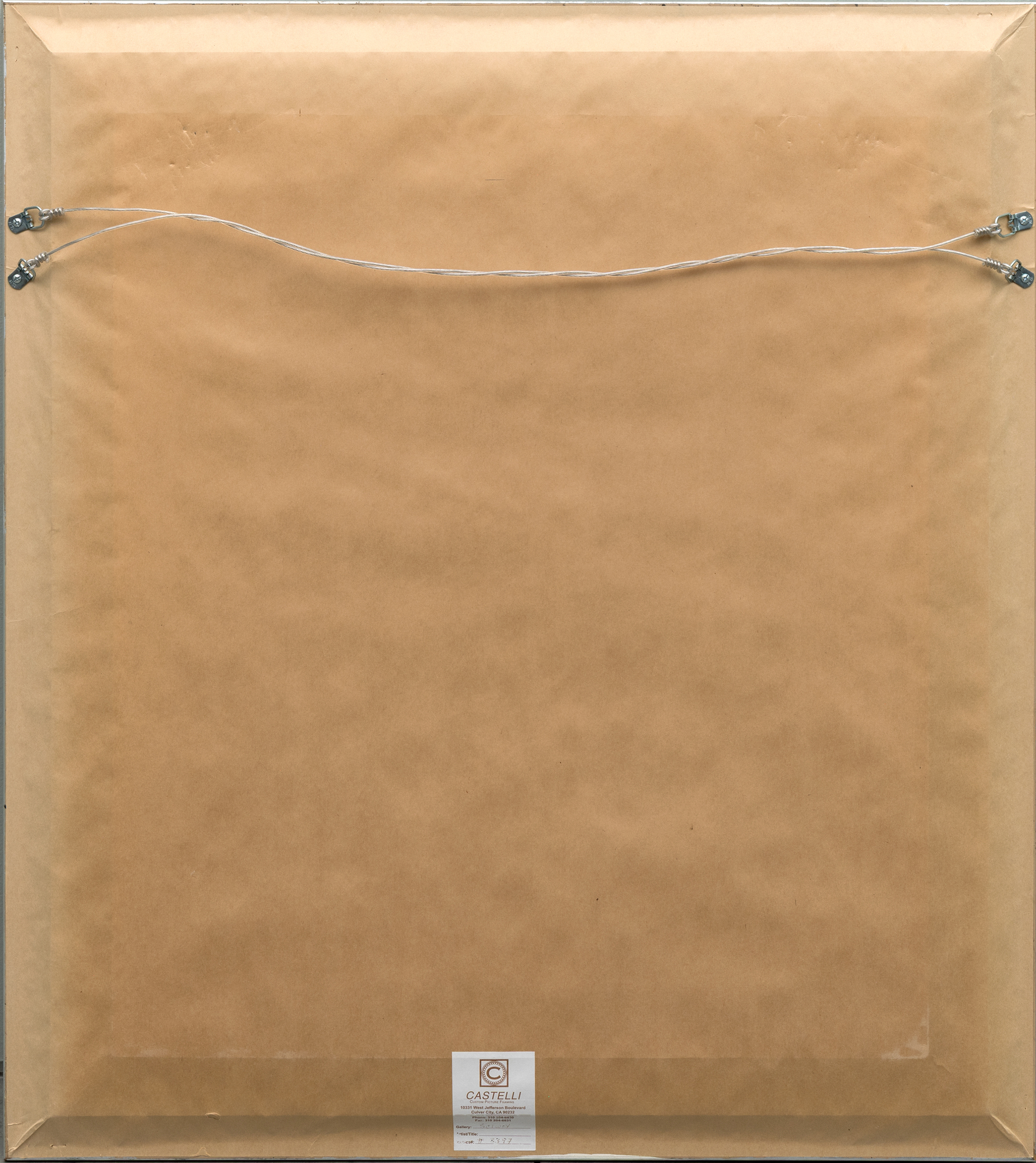
מקור ומקור
המילטון סלוויאוסף פרטי
ספרות
פול ביאנקיני, עורך: רוי ליכטנשטיין: רישומים והדפסים, לוזאן, 1970, מס' 10, עמ' 220 (מאויר בשחור-לבן)מרי לי קורלט, הדפסיו של רוי ליכטנשטיין: קטלוג סיבוך, 1948–1993, מהדורה שנייה, ניו יורק וושינגטון די.סי., 2002, מס' 38
קרן אנדראה תיל ורוי ליכטנשטיין, רוי ליכטנשטיין: קטלוג סיבוך, ניו יורק, lichtensteincatalogue.org, מס' 1132
195,000
"הרהורים" מתארת גיבורה מהורהרת ומסוגננת, המעוצבת בנקודות בן-דיי האופייניות לליכטנשטיין, קווי מתאר מודגשים וצבעי יסוד, הלוכדים הן את המלודרמה והן את האיפוק של נרטיב הקומיקס. הכותרת מזכירה את השיר הנוסטלגי משנת 1927 "אבק כוכבים" מאת הוגי קרמייקל, ובמיוחד את השורה "המלודיה רודפת את הרהורי", ומדגישה את מצב הרוח הנוסטלגי המועבר במבטו המרוחק של המציגה. ליכטנשטיין עצמו ראה בתרומתו ל"11 אמני פופ" את הדפסי האמנות היפים האמיתיים הראשונים שלו, שיאם של שנים של שליטה בטכניקות הדפס מרובות, החל מחריטה ועד הדפסת משי.
רשמים ממהדורה זו מוחזקים כיום באוספים ציבוריים גדולים, כולל המכון לאמנות של שיקגו, הגלריה הלאומית לאמנות, המוזיאון לאמנות מודרנית ומוזיאון הסמית'סוניאן לאמנות אמריקאית, מה שמאשר את חשיבותה ההיסטורית והאמנותית.


